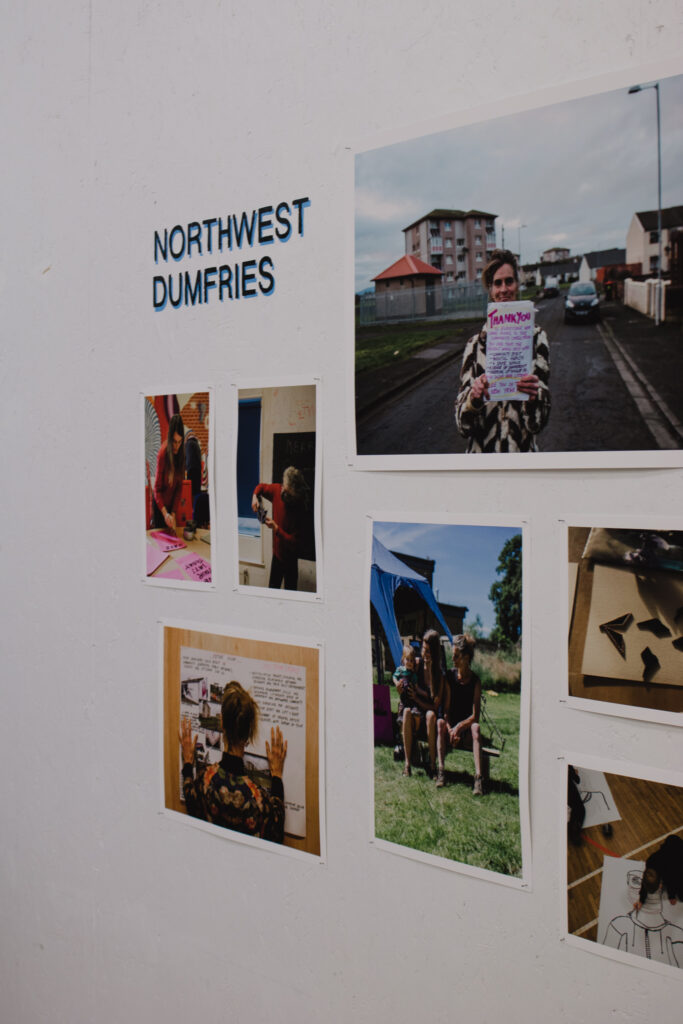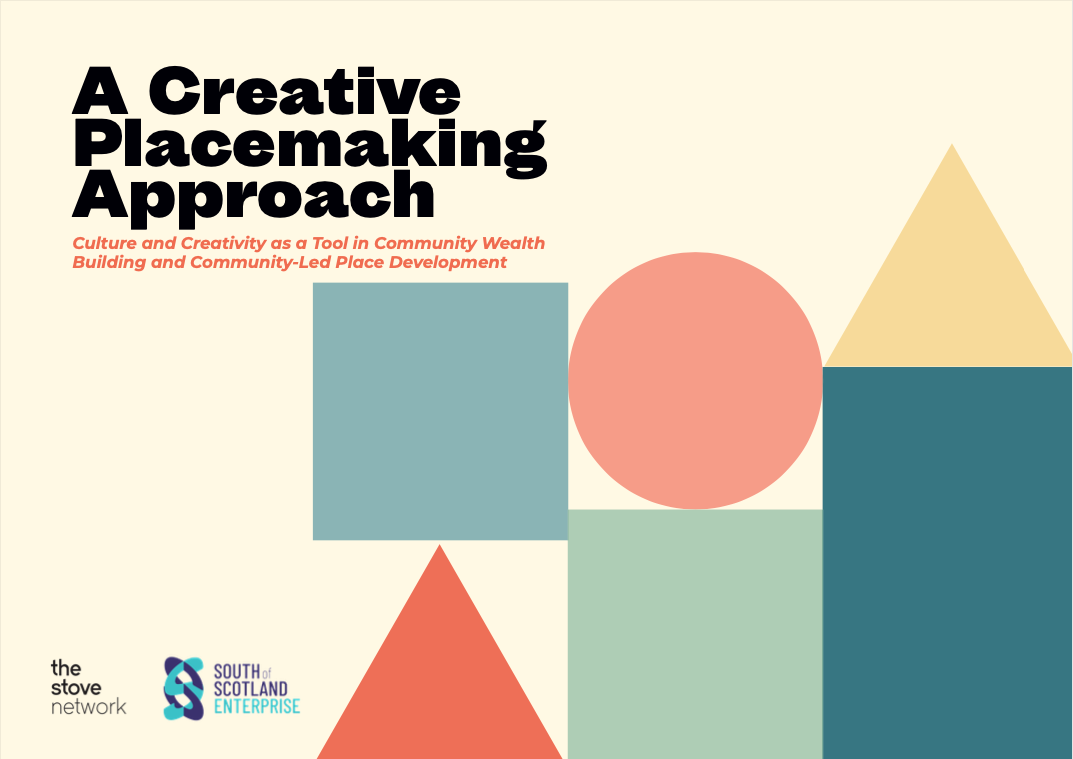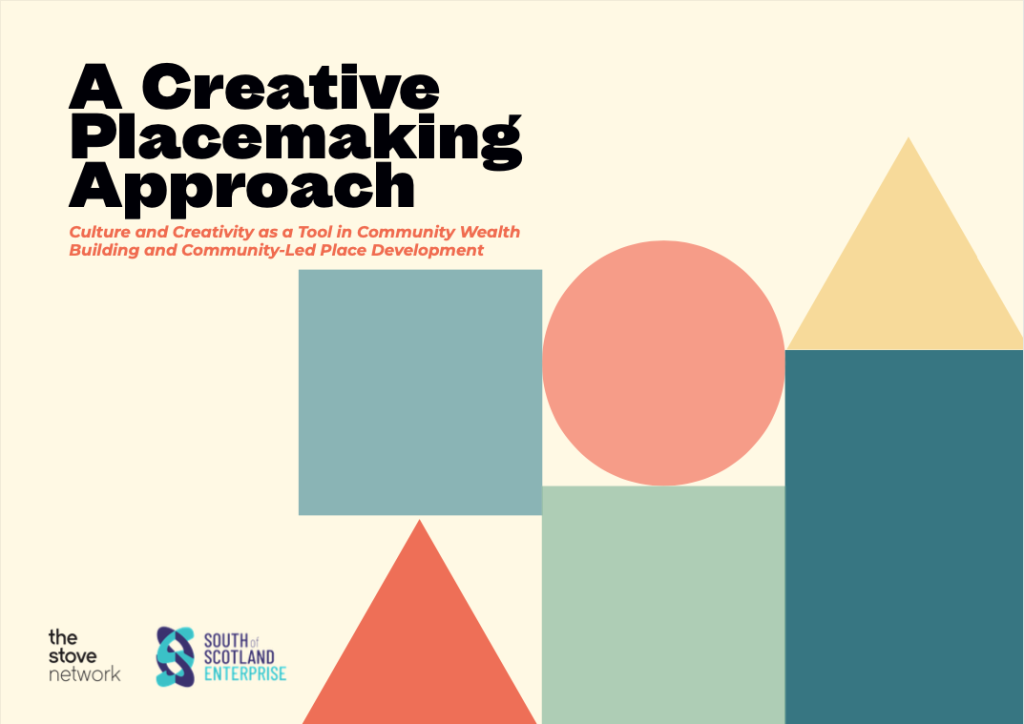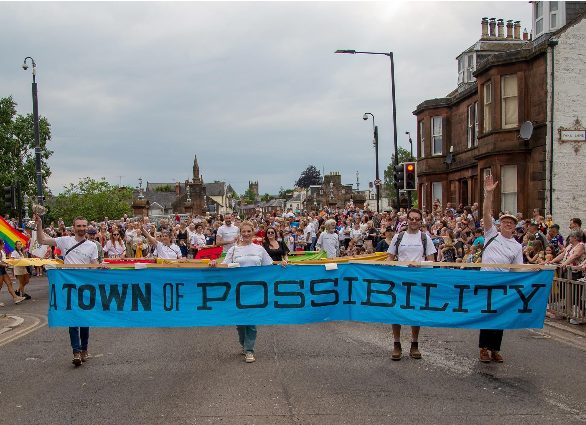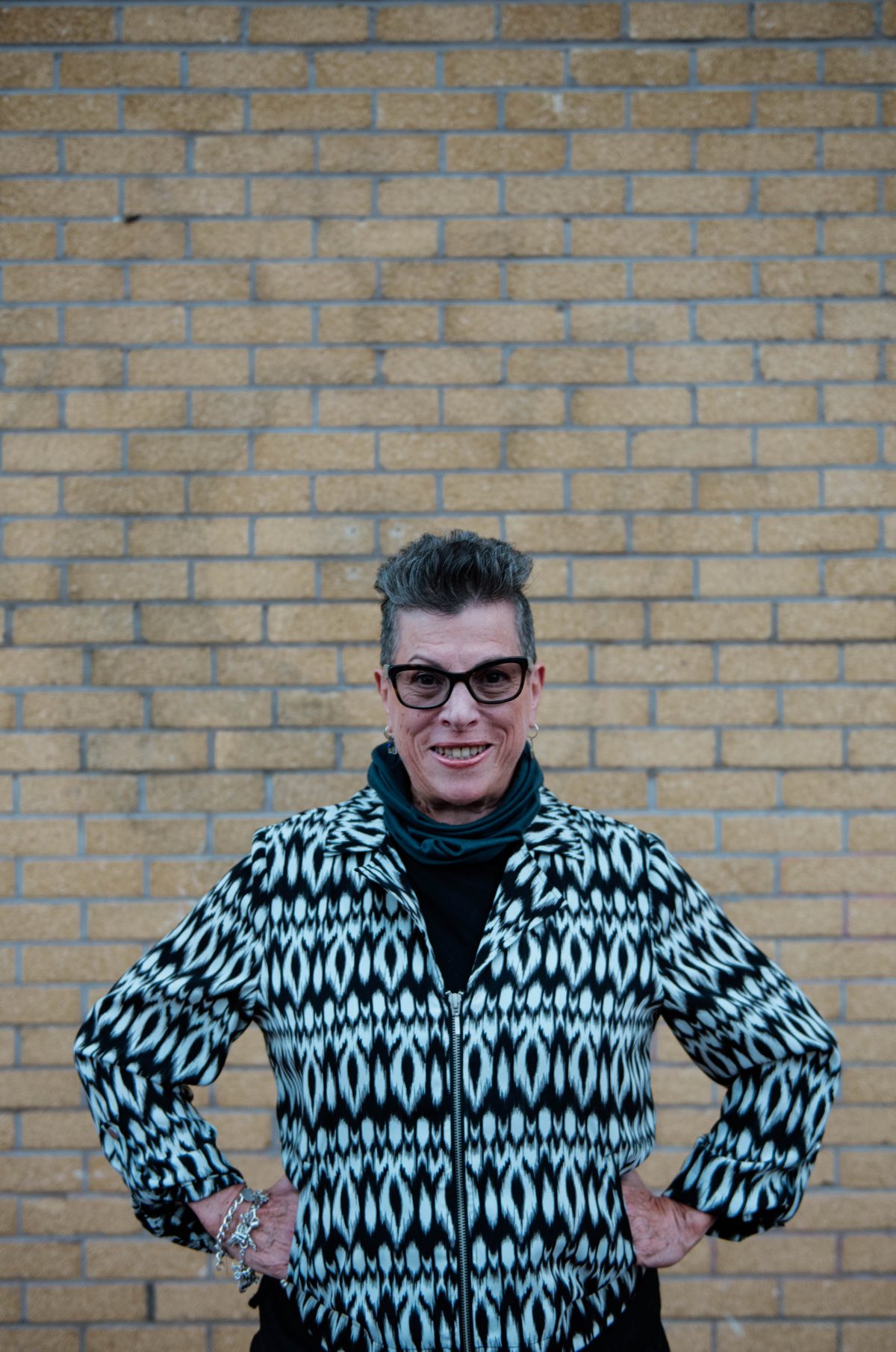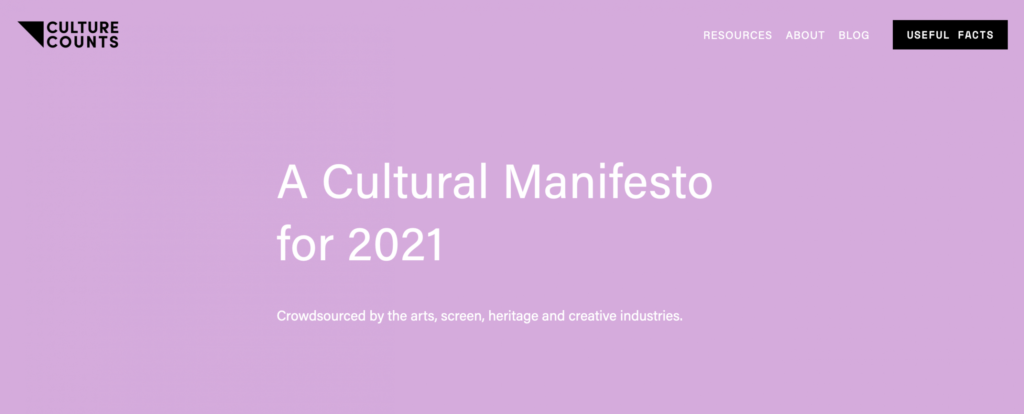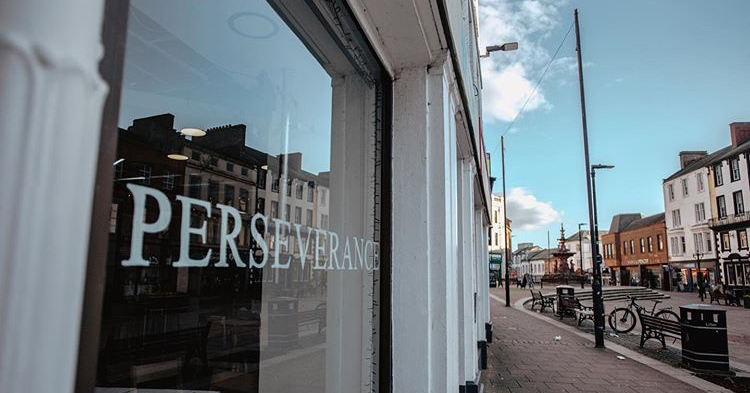Cultural Placemaking & the Levelling up Agenda
The Stove often contributes to Government consultations – these are one of the ways that policy is shaped. Committees are the way that Government oversees what it does, so the Culture, Media and Sport Committee looks after the work of the Dept of Culture Media and Sport (DCMS), by suggesting new policy directions and holding ministers to account for what they have promised. It is these Committees that run consultations – when they want to explore something, they call for people’s views, they then hold committee sessions to discuss what has been submitted and often call people to speak to them at these sessions. Following this, a committee will make set of recommendations to Ministers and often new policy results.
In February of this year, a consultation (they call them ‘Calls for Evidence’) was announced by DMCS which was around subjects very relevant to the work of The Stove. Our very own Matt Baker pulled together a Stove submission, but also encouraged Stove Members to contribute to this.
The below is the submission of Hope London, who is a commissioned artist working as part of the What We Do Now project, which forms part of the national programme called Culture Collective coordinated by Creative Scotland.
Reimagining where we live: cultural placemaking and the levelling up agenda
By Hope London
Background
My name is Hope London. I’m an artist with a socially-engaged practice and over thirty years of experience in arts management, consultancy and education throughout the UK, including legal issues for the arts and creative industries. I believe in the transformative power of the arts to make life better and love working with people to release their creative potential. Website hopelondon.com
I’ve worked in towns and cities labelled some of the most deprived in the country – Liverpool and Manchester (in the 1990s/early 2000s); North West and North of England (including Barrow in Furness, Burnley, Hull, St. Helens, Newcastle), the Welsh valleys and South West Scotland. Currently commissioned by The Stove (Dumfries) as established artist for ‘What We Do Now’, a Creative Scotland | Culture Collective project in the seaside town of Stranraer, working with the community to re-imagine their vision and identity for the town in the future.
Introduction
I will focus on the first three questions:
- How can culture reanimate our public spaces and shopping streets?
- How can creatives contribute to local decision-making and planning of place?
- How can the Government support places without established artistic infrastructure to take full advantage of the opportunities that the levelling up agenda provides?
Artists|creatives are often asked to achieve miracles. We may be called upon to work in deprived areas on arts-related projects with community groups, public art commissions, festivals or events. We wave our wands in the face of post-industrial decline, deteriorating infrastructure, generational poverty, inadequate public transport, lack of opportunity, even a sense of hopelessness about a positive future.
Sometimes it works. Successful projects benefit the people who participate, sometimes profoundly. I can think of many positive examples involving young people, often those with mental health issues or disabilities. But one-off, short-term projects or those aimed only at a specific group don’t lead to major change across the community or help to re-animate the high street and increase economic opportunity. Poorly conceived or executed projects on the other hand, such as works of public art that aren’t properly maintained, can be downright negative, serving to reinforce a sense of neglect.
Cultural place-making works best when culture is a catalyst, working organically – not imposed top-down but embracing local culture and building from the ground up.
Innovative thinking, sustained attention and commitment of resources are essential ingredients; otherwise, the arts are just a sticking plaster over an unhealed wound. Artists and creative producers embedded within a community can play a profound role in the healing process that will lead to the kind of deep, ongoing positive change envisaged by the Levelling Up agenda. It starts by connecting with the people who live and work there.
Artists|Creatives and Cultural Place-Making
Artists are well-placed to do the work – lack of formal arts infrastructure is not an obstacle*
Arts and creative professionals with a background in community work are well-positioned to work at ground level as a catalyst for cultural place-making, even in areas of the country there is little recognised arts infrastructure. Local councils, arts councils (e.g. Creative Scotland) and local/regional arts organisations know how to advertise, recruit and work with communities to commission artists/creatives to work with them. Where needed, appropriate training could be made available (how to prepare a brief, recruit, commission and work with artists and creatives).
Artists can come into a place first. A formal arts infrastructure is likely to evolve later. There are usually more creative people in every community than some at national level might imagine, albeit a less formal kind of infrastructure. Artists who work in communities know how to connect and collaborate with local creatives and build on people’s interests, abilities and resources to help communities take advantage of opportunities offered by the Levelling Up agenda.
The ‘art project’ is the place itself. Artists use creative tools to help communities express what they need and want.
Artists are able to create projects designed specifically to discover what local people most want and need. We’re currently doing this kind of work as part of the ‘What We Do Now’ project in Stranraer, a rural town in South West Scotland. My colleague Rory Laycock and I co-designed The Stranraer Colouring Book and printed 1,000 copies for distribution throughout the community. We first talked to a range of local people on the street and at community events to find out what they wanted to change in their town. We discovered that amongst their top priorities were certain landmark buildings that have become, in their words, neglected or abandoned ‘eyesores’ – omnipresent, depressing structures that lower community morale and deter new businesses and tourists.
The colouring book is just one example of an artist-led intervention – a fun, accessible way of giving people a chance to express their views and make them known. The completed books will be collected and documented. There will be an exhibition, and the information gleaned will be collated and shared with local government and more widely, for use in planning redevelopment and making a case for the necessary support.
* Question 3 – How can the Government support places without established artistic infrastructure to take full advantage of the opportunities that the levelling up agenda provides?
Artists|creatives initiate change organically – this is a chance to do it better
Perhaps the first question should be expanded to ask “how can culture reanimate our public spaces and shopping streets without making the town too expensive for local residents and businesses?” This relates directly to the second question: How can creatives contribute to local decision-making and planning of place?
Sometimes artists|creatives are commissioned to work on cultural place-making projects – but perhaps more often, artists and creative businesses initiate change organically by gravitating to cheap living, working and retail spaces, and kick-starting regeneration. I witnessed this process while living in New York’s East Village in the 1970s and there are numerous examples worldwide. As boarded-up buildings are replaced by new shops, galleries, restaurants, bookshops and cafes alongside established businesses, public spaces and shopping areas become more vibrant and interesting. Morale is lifted when eyesores are cleaned up and derelict buildings refurbished.
The danger, however, is gentrification – as more affluent people are attracted to the area, property prices and rents increase; local people who don’t own their properties may be forced out or decide to sell. Often, the very artists who moved in and started the regeneration process can no longer afford to stay. This has not yet happened in Stranraer.
You have an opportunity to harness the power of artists and culture to ‘do regeneration’ better, avoiding the pitfalls of gentrification. In this context, it’s important to remember that people are at the core of culture. Public spaces and shopping areas are animated by food, fashion, art, music, dance, trees, gardens, architecture, design, performance, shopfronts, street vendors…and the people who live, work and shop there. Regeneration is supposed to be about making people’s lives better. You don’t want to lose them in the process.
If affordable live/work/community spaces are a serious part of the long-term regeneration plan, local residents and businesses won’t be priced out, and creatives|artists will be encouraged to stay in the area as well.
Artists animate streets and spaces
Streets and public spaces are key to regeneration. Artists, working with community groups, can co-create projects and programmes of work to bring the public realm alive. Other creatives can be brought in, commissioned by the community to realise events and projects. Safe, clean, well-designed spaces in the public realm are potential stages for street markets, festivals, horticulture/permaculture, processions, sporting events, performance. Vistas obstructed by rubbish skips and cars – like the view of the sea in Stranraer – can be opened up and walkways/viewing platforms built. Uninspiring walls can become landmark murals or vertical gardens. Dingy alleyways can be lit in creative ways.
Blighted buildings needed to be addressed as a priority – artists can help
Buildings, vacant lots and other structures (like the disused former ferry pier in Stranraer) in private ownership pose a sticky problem. Local councils may have authority over what happens in public streets and squares or buildings that they own, but the legal situation is more complex when it comes to requiring owners to repair deteriorating property and/or put it into productive use.
In Stranraer, as in small post-industrial towns up and down the country, neglected, poorly maintained and empty buildings are more than an eyesore. Such buildings blight shopping streets and public spaces, affecting the well-being of the people who must pass them every day. Empty or underused, paint peeling, window frames caving in, trees growing through rooftops – while people require housing, workshops, studios and offices – they are literally a waste of space.
Until there are effective administrative and legal mechanisms for addressing the problem, re-animation risks being superficial and ultimately ineffective. I understand property rights, and that owners must have a reasonable chance to make repairs to a required standard before penalties may be imposed. However, given the deplorable state of some of the high-street buildings in towns where I’ve worked (in Scotland, North West England, Wales), existing regulations are not doing the job.
I believe a thorough overhaul of regulations is required – for example, requiring compulsory sale orders when owners are unable or unwilling to repair a building that has become an aesthetic detriment to a town – an eyesore, even if it has not quite reached the stage of posing a danger to the public. The legal and business issues involved may be daunting but not impossible. Community buyouts or purchase by housing associations may be options if a building is up for sale or there is a compulsory purchase by the Council. Funding is a huge problem but there are innovative ways to encourage owners, developers, residents and artists to work together, with contractual obligations in place to ensure buildings are refurbished to agreed standards and used for the intended purposes at affordable prices. I know it’s a huge task but in my opinion it’s key to creating the kind of culture-driven levelling up you want to achieve.
Neglected buildings could be refurbished, and those beyond repair gutted and re-designed. All could become affordable, eco-friendly living, working, business incubator, training, conference or arts/events spaces. Artists and creatives can put a community’s vision into tangible form with proposals for new uses, re-design and even innovative forms of ownership/partnership to manage buildings.
In short, culture can re-animate buildings, shopping streets and public spaces through:
- artists and creatives working with communities, using arts-based approaches to articulate a vision for their place and a plan to make it happen (collaborating with the community on local decision-making and planning of place)
- events, festivals, performance, art, music, food, street markets and more…the whole range of arts and cultural activities that bring streets and public spaces to life
- improving the aesthetics and utility of the public realm – addressing ‘eyesore’ buildings, rubbish, public realm design, using all tools at the disposal of artists|creatives including planting, street furniture, building facades, lighting, temporary interventions and longer term artworks
- encouraging artists|creatives to start and operate businesses, shops, cafes, workshops and live/work spaces in premises that are affordable…and finding ways to avoid gentrification
- re-designing and using derelict buildings for cultural purposes that benefit the community – keeping them in public or third sector ownership where possible
